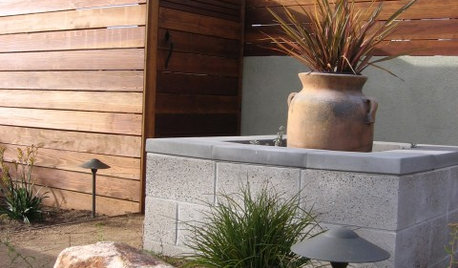Octillio
Noel2425
12 years ago
Related Stories

FENCES AND GATESModern Fencing for a More Secure Home
Deter would-be burglars without robbing your home of style, by installing a modern fence like one of these
Full StoryMore Discussions
I purchased a small Octillo a little over a year ago and we finally planted it in the ground about 4 months ago. It is about 6" tall and keeps putting out green leaves but it won't grow any taller after over 1 year. It is planted in the ground with an Eastern exposure and gets morning sun and afternoon shade. Can anyone tell me why it isn't getting taller? It looks healthy and is constantly in leaf.



pgde
minime8484
Related Professionals
Carson Landscape Architects & Landscape Designers · Goodyear Landscape Contractors · Pelham Landscape Contractors · Gaithersburg Landscape Contractors · Lemoore Landscape Contractors · Long Branch Landscape Contractors · Lynn Landscape Contractors · Mashpee Landscape Contractors · Rochester Landscape Contractors · Saint John Landscape Contractors · Tinton Falls Landscape Contractors · Ansonia Landscape Contractors · Caldwell Carpenters · Hayward Carpenters · Poway Carpentersgrant_in_arizona
Noel2425Original Author
grant_in_arizona